Search: SSC
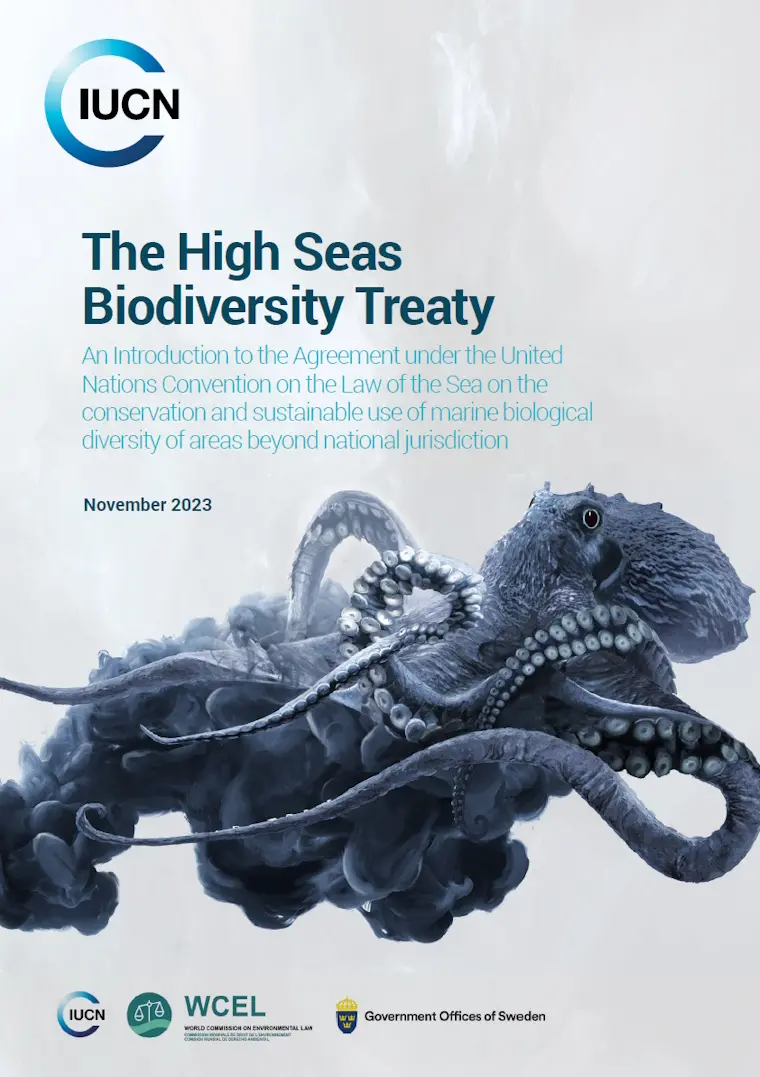
News | 27 Nov, 2023
New report on High Seas Biodiversity Treaty gives accessible at-a-glance introduction
This introductory report's target audience is professionals from governments, civil society, private sector, and other stakeholders who know multilateral processes and treaties but are not high seas “BBNJ (biodiversity beyond national jurisdiction) experts”. The report is more digestible than…

Grey literature | 2023
High Seas Biodiversity Treaty Policy Brief
An Introduction to the Agreement under the United Nations Convention on the Law of the Sea on the conservation and sustainable use of marine biological diversity of areas beyond national jurisdiction
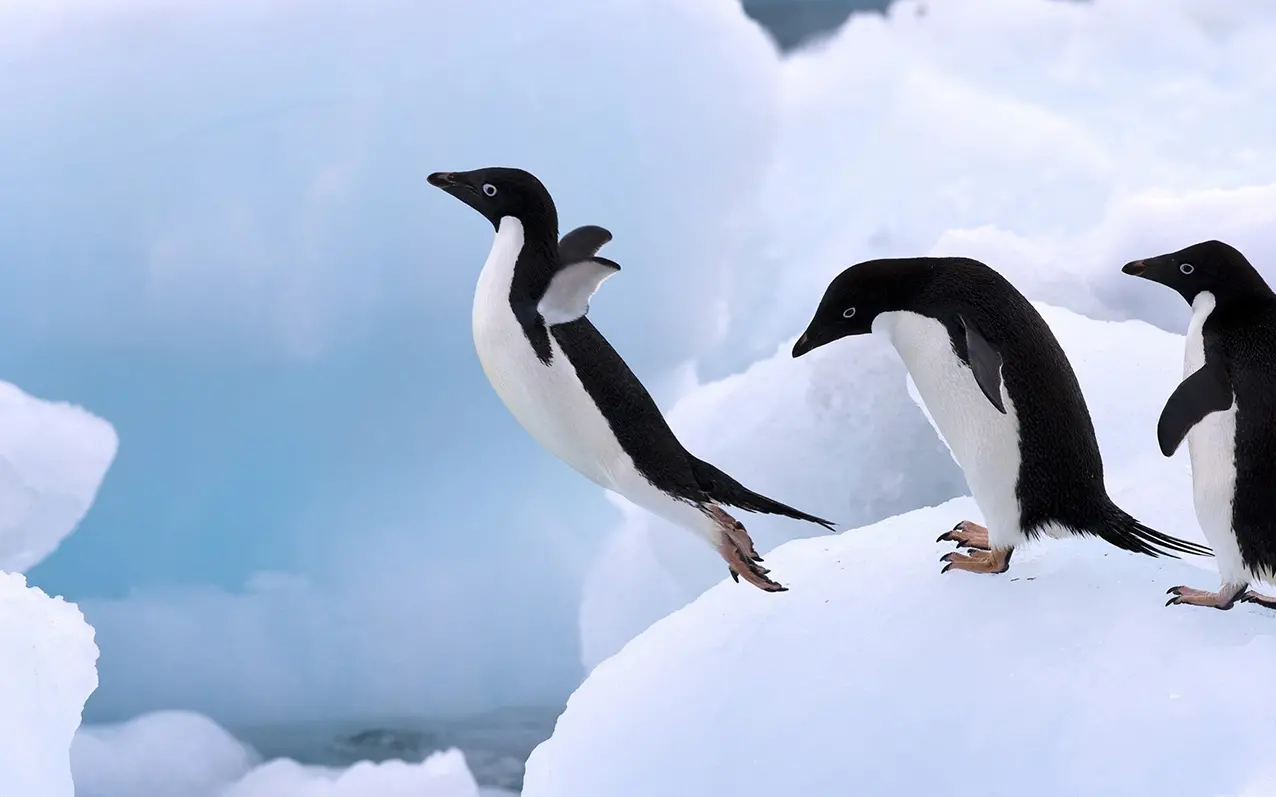
News | 26 Jun, 2023
Who is assigned to protect Antarctic ecosystems and their famous fauna? Latest news
The body responsible for the protection of Antarctica’s precious life, The Commission for the Conservation of Antarctic Marine Living Resources (CCAMLR), has just completed a special meeting in Santiago, Chile. IUCN participated as an observer promoting independent science and urging delegates…

Story | 18 Apr, 2023
Mirali Shukla, Environmental Peacebuilding Association, Deputy Chair of the CEESP Theme on Environment and Peace
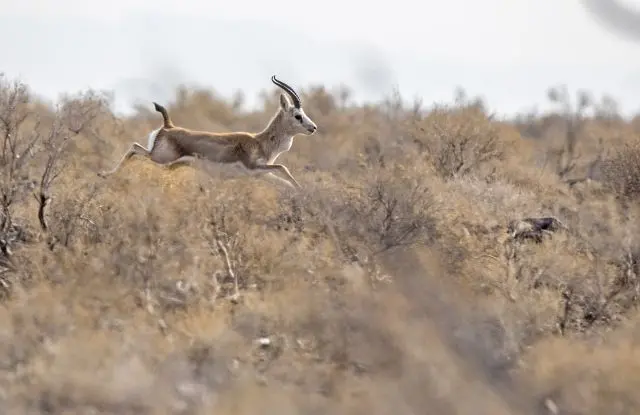
Story | 03 Mar, 2023
Supporting species migration in Central Asia
Central Asia is home to some of the last migratory mammal species in the world. Over the course of a three-year initiative, IUCN Save Our Species invested almost 500,000 USD through seven projects in Kazakhstan, Kyrgyzstan, and Tajikistan to protect threatened species affected by a fast-changing…

Story | 21 Jun, 2022
The BIODEV2030 project, launched in early 2020 supports the country's development ambition, while promoting the adoption of voluntary sectoral commitments that incorporate ambitious biodiversity conservation and restoration measures.
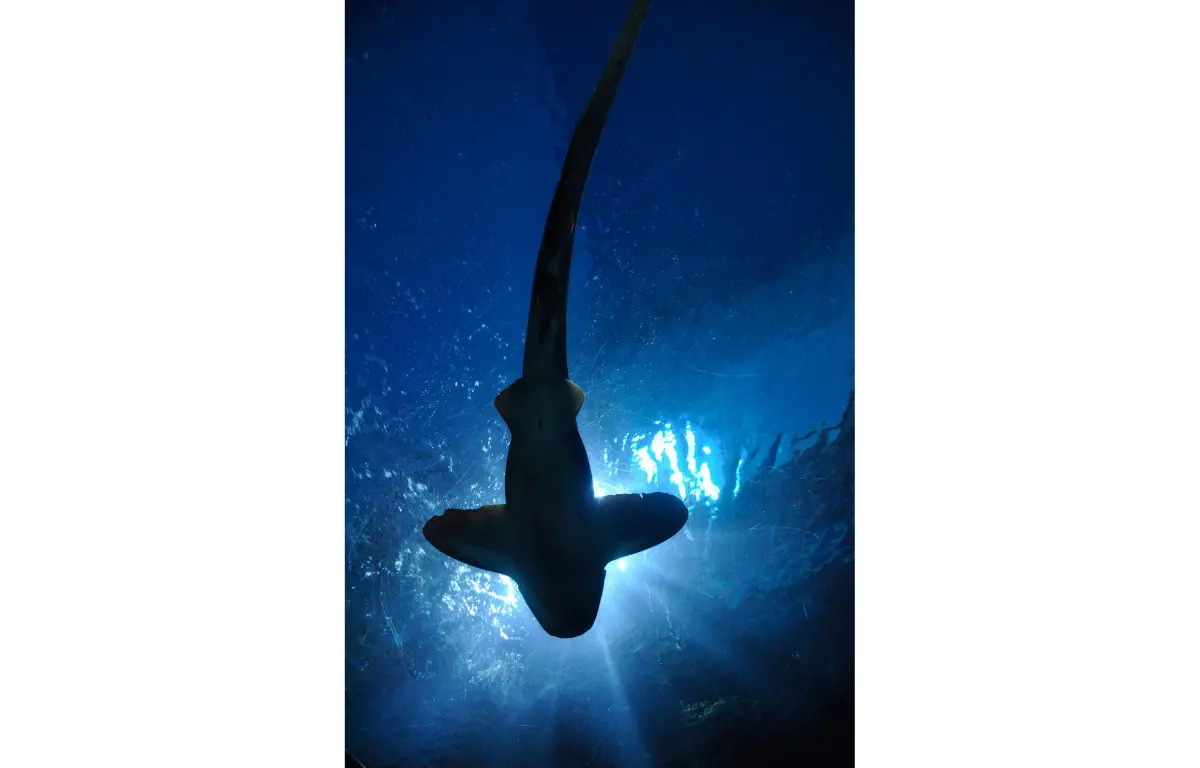
Story | 04 May, 2022
Important Shark and Ray Areas news
The IUCN SSC Shark Specialist Group has developed the foundations for an expert-driven innovative approach to ensure that discrete portions of habitats, critical to shark species, are delineated and used in various place-based conservation and management initiatives…
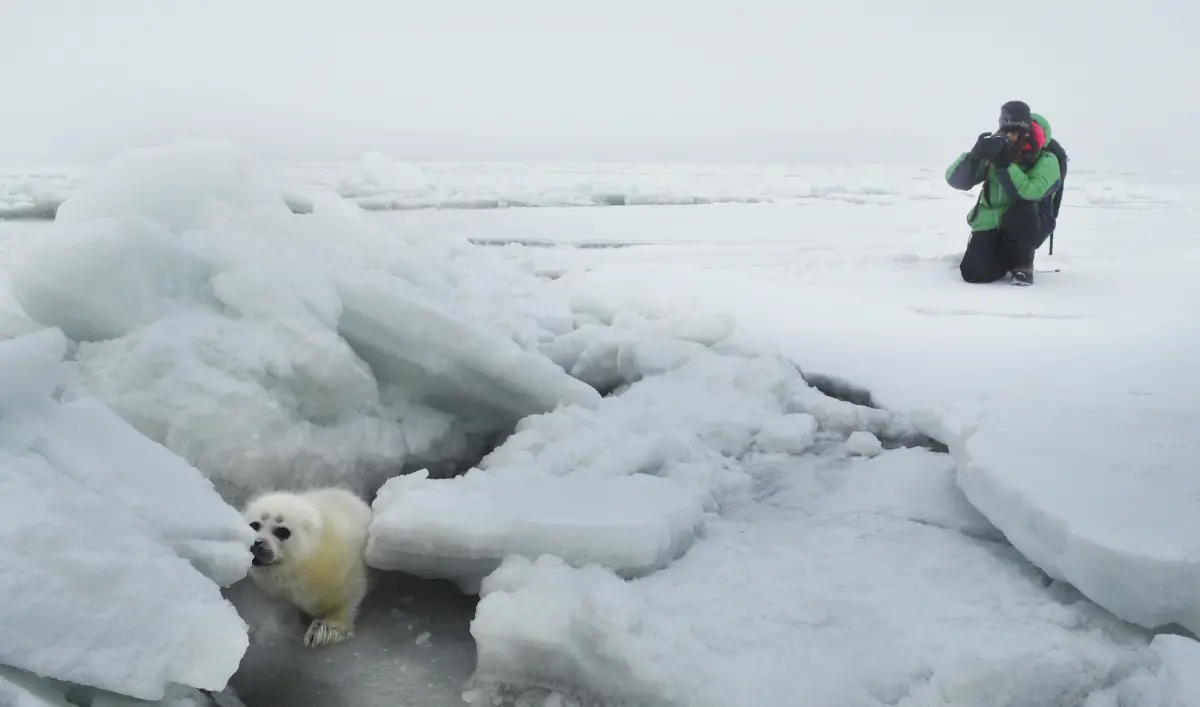
Story | 06 Dec, 2021
Endangered Caspian Seal Habitat Awarded Important Marine Mammal Area Status
Today, the IUCN Task Force on Marine Mammal Protected Areas, a joint task force of the IUCN Species Survival Commission and the World Commission on Protected Areas, announces that Caspian seals have been awarded three Important Marine Mammal Areas, or IMMAs, as part of a tranche of 14 new IMMAs…
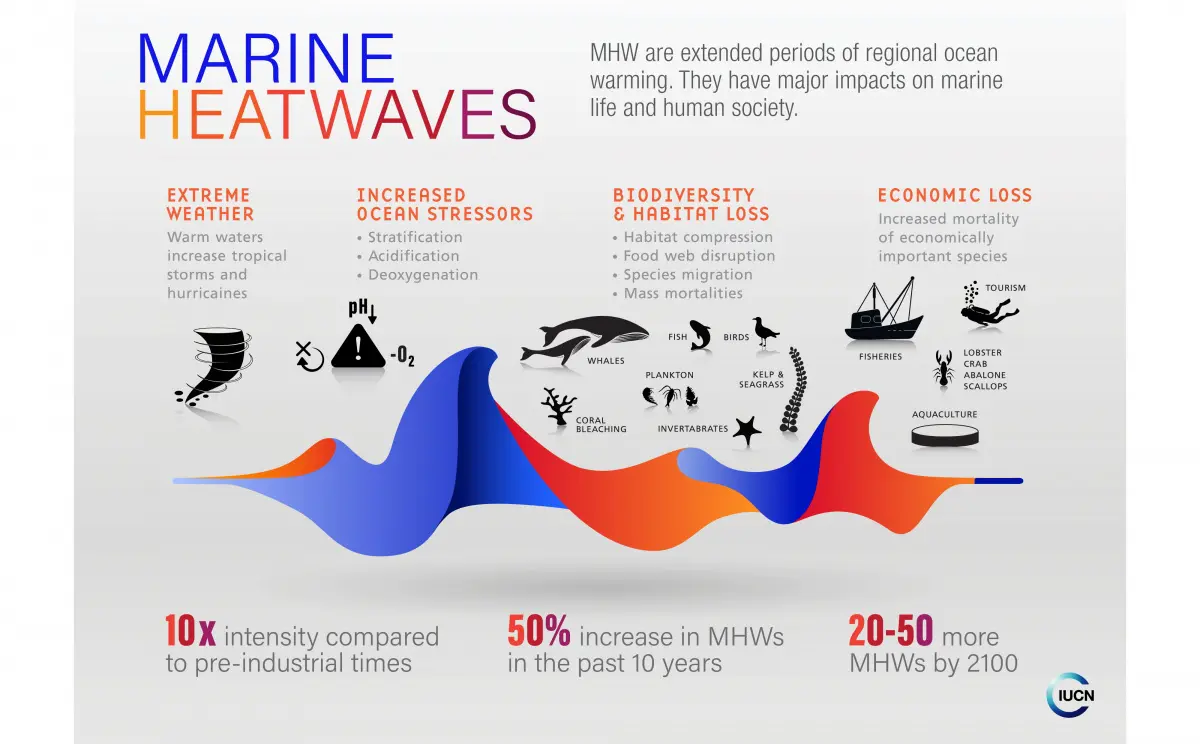
Story | 19 Oct, 2021
Marine Heatwaves: a serious threat to marine biodiversity and livelihoods
Back in 2011, extremely warm water temperatures persisting over thousands of kilometres along the coastline of Western Australia caused coral bleaching, mass die-out of marine life and wiped out kelp forests. Since then, this phenomenon of abnormally high-water temperatures has been recorded in…

Story | 01 Jul, 2021
A new paper, published today in Science, argues for an international legally binding agreement that addresses the entire life cycle of plastics, from extraction of raw materials to legacy plastic pollution. Three clear goals are proposed and encouraged, to address not only the well-known issue…
